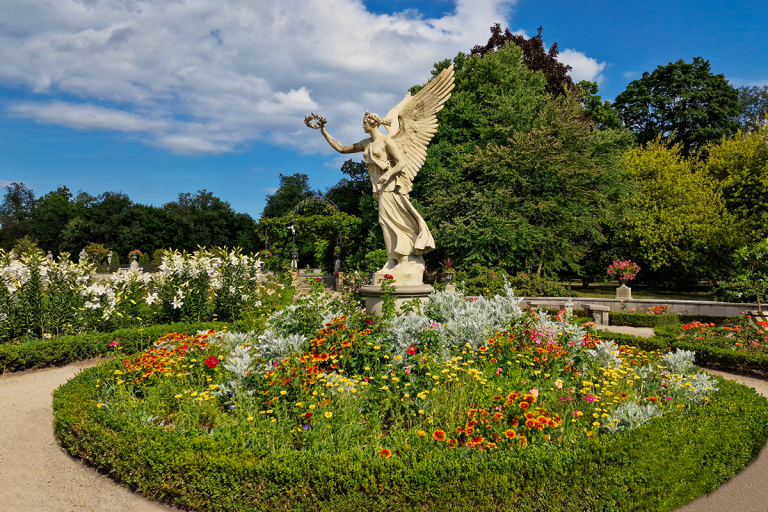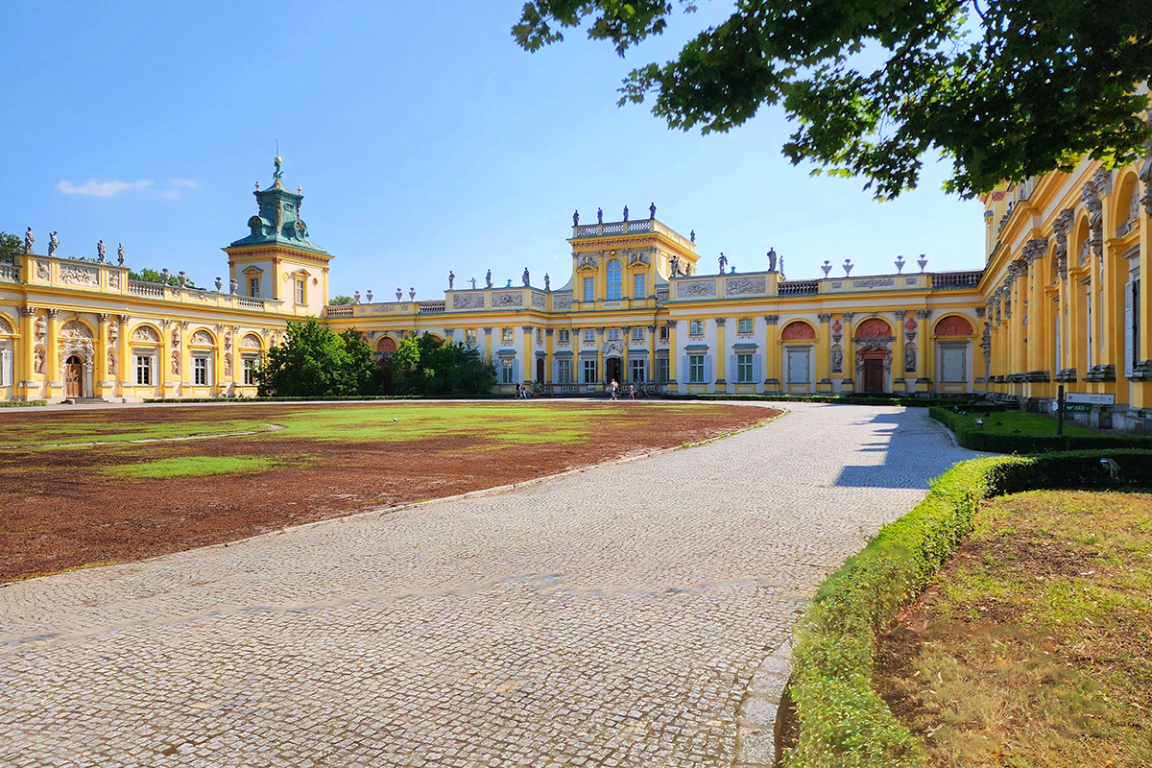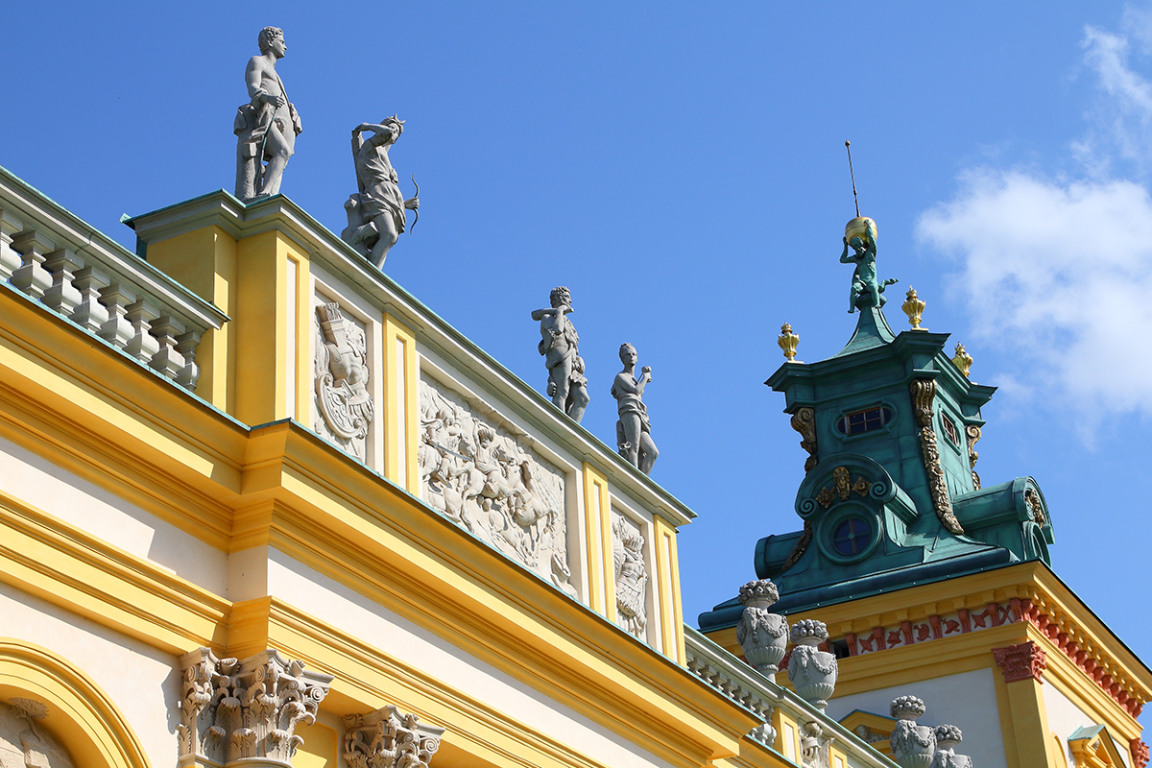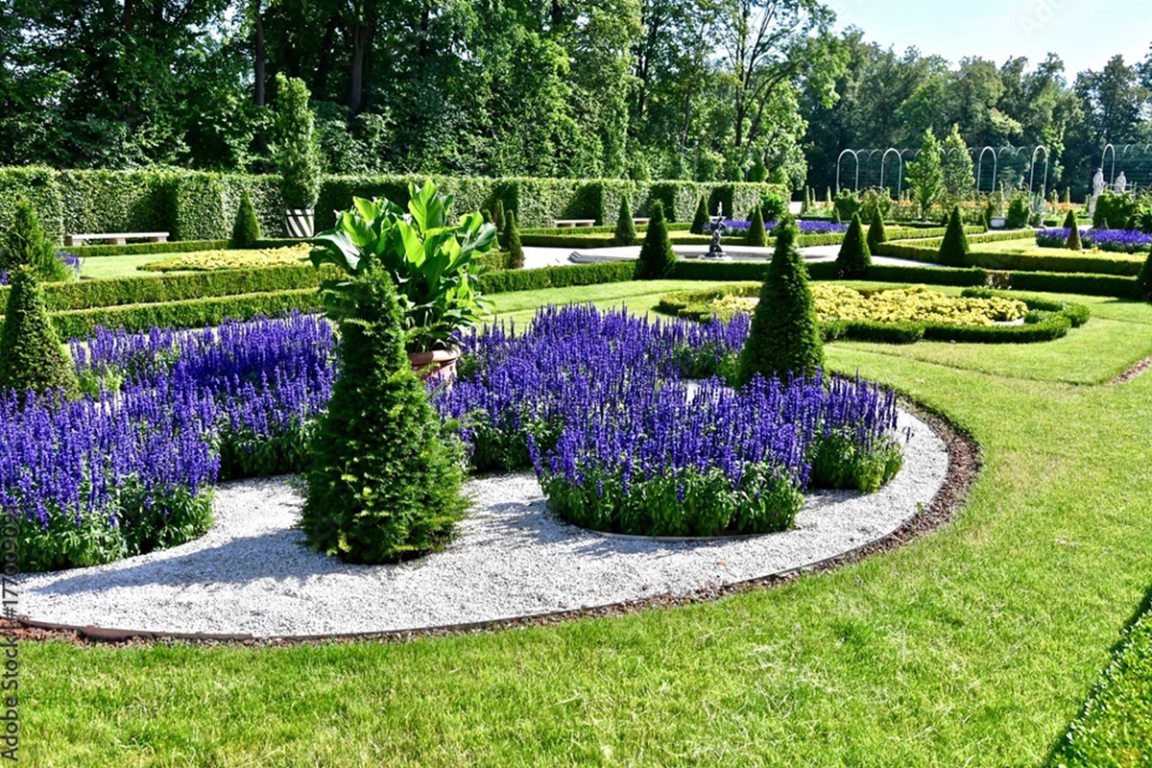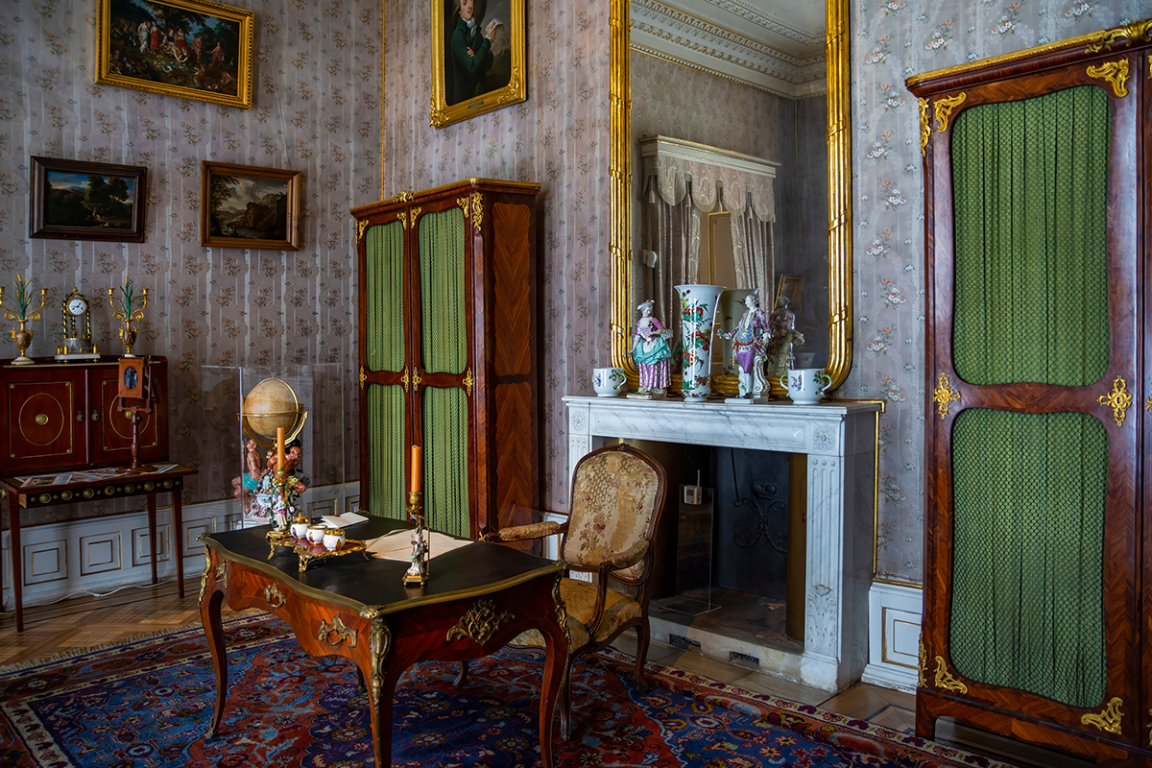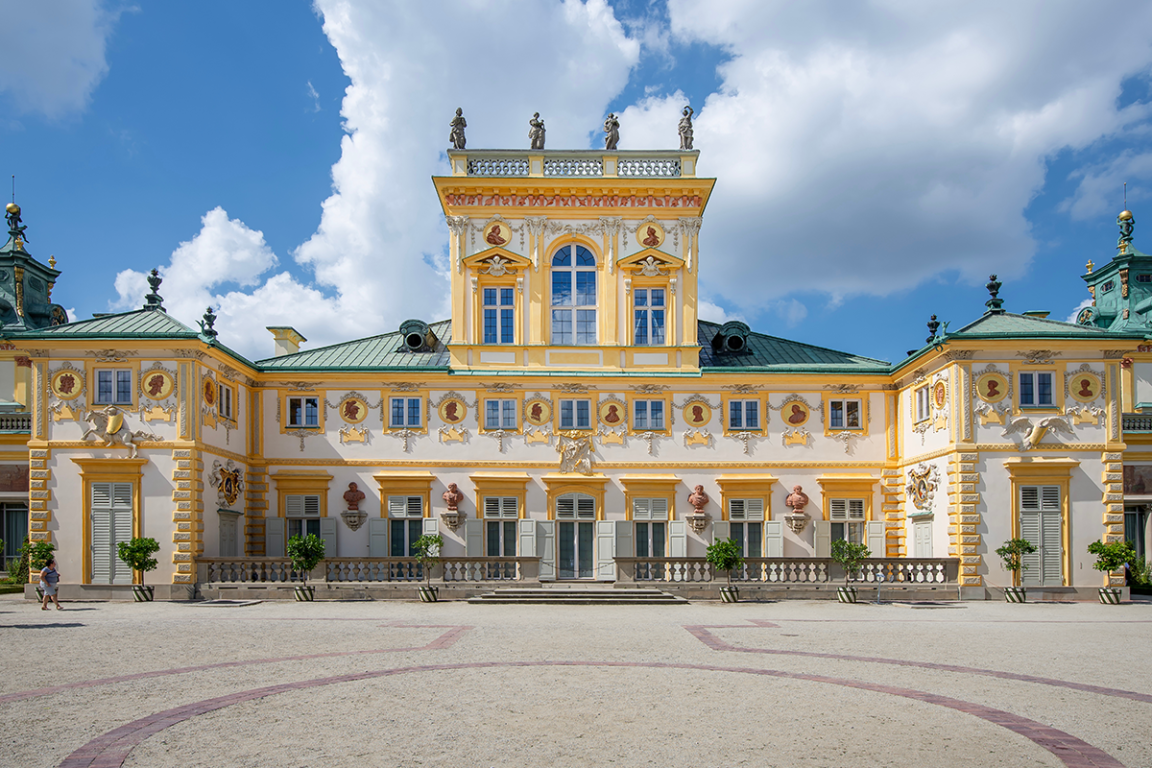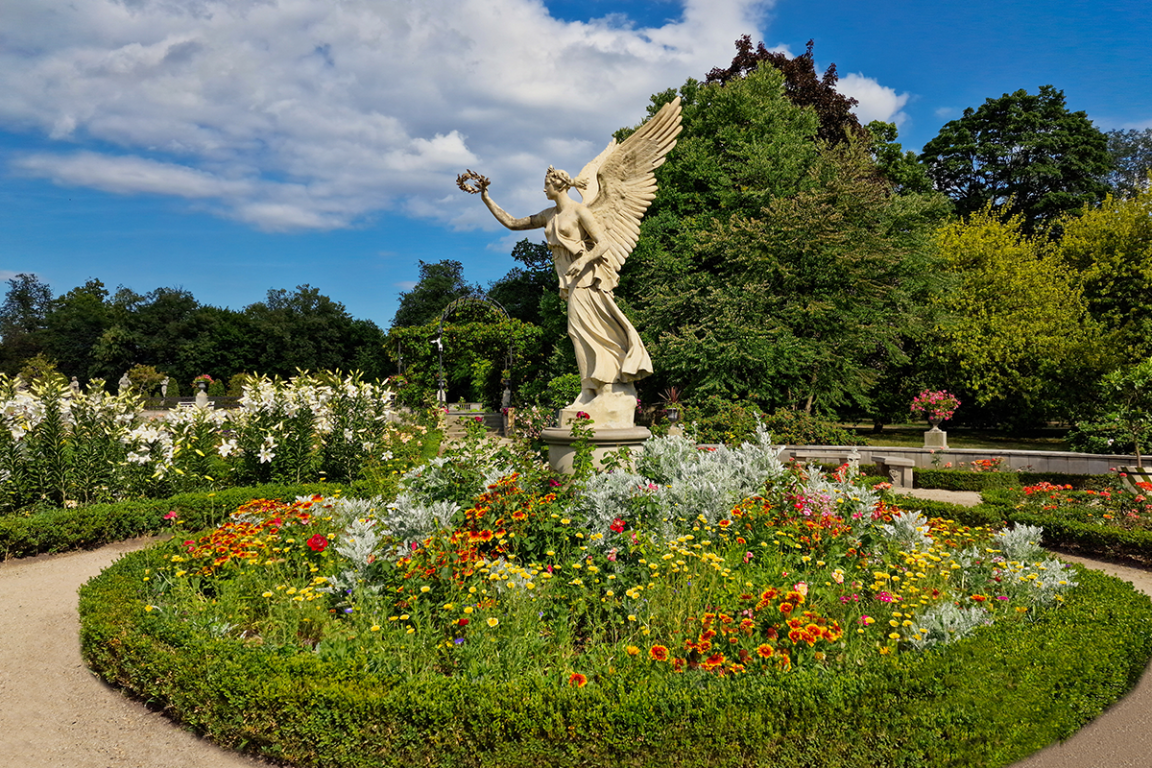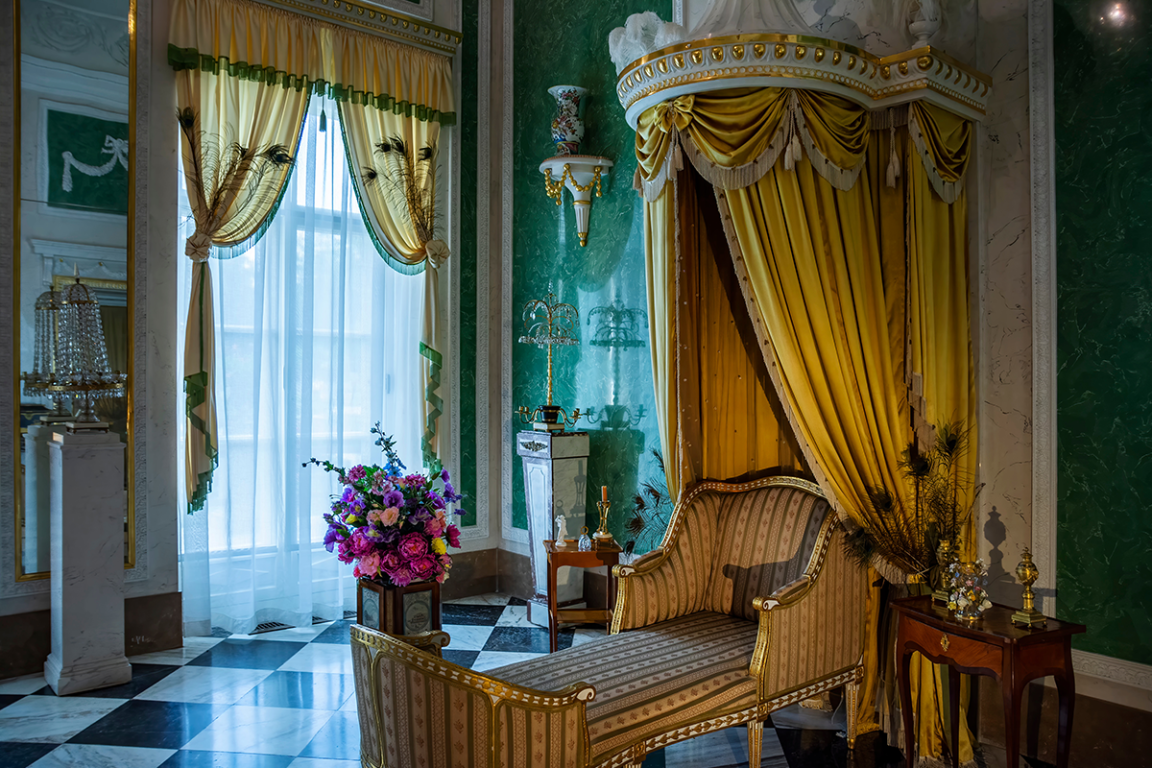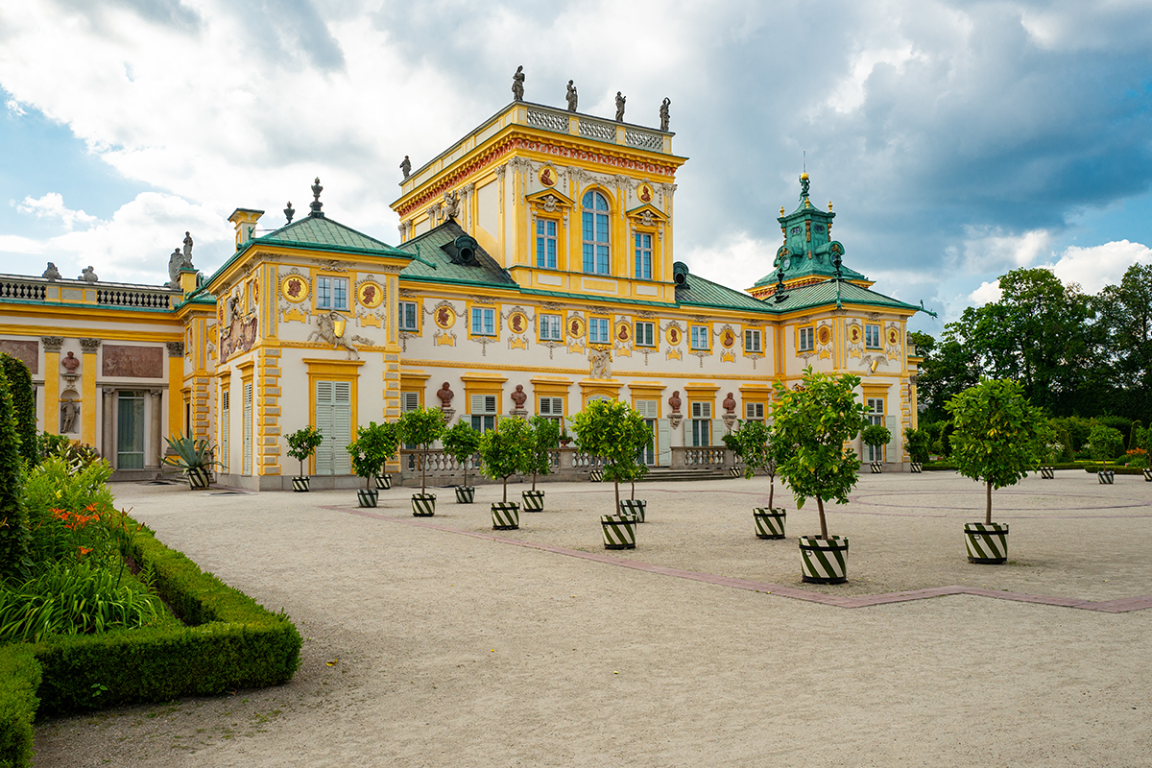Wilanów Palace: Warsaw’s Baroque Jewel of Memory
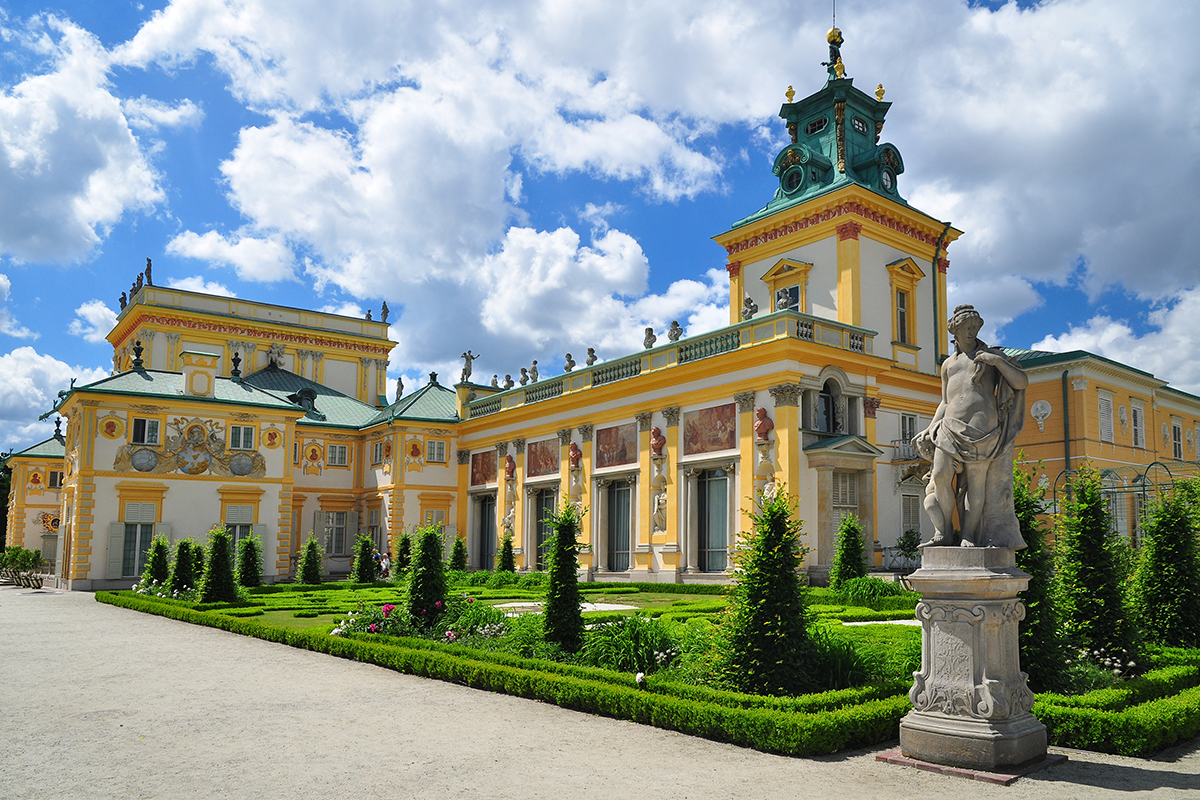
Arriving at Wilanów Palace, you find yourself in front of something that is not merely a residence but a cultural statement. Where Versailles flaunts its grandeur and Schönbrunn whispers its imperial secrets, Wilanów feels more intimate—like Poland’s private letter to Europe saying: We too belong to the grand stage of Baroque civilisation.
The palace owes its very existence to one of Poland’s most compelling monarchs: King Jan III Sobieski, the victor of Vienna (1683), the man who halted the Ottoman advance into Europe. One might say he stopped an empire on horseback in the morning and spent the afternoon sketching out floor plans for a summer retreat.
The Origin of a Name
The word “Wilanów” comes from the old Polish adaptation of the village’s Latin-rooted name, Villa Nova—literally “new villa.” Over time, the phrase twisted and softened into its present form. It was a perfect label for a new palace rising from farmland, carrying with it an echo of the Renaissance humanist fondness for classical language.
Interestingly, “Villa Nova” also expressed Jan III’s desire for novelty and permanence. He wanted his palace not only to rival Europe’s architectural splendours, but to secure a place in Polish memory. Ironically, it is the corruption of Latin into Polish soundscape—Wilanów—that makes it sound homely and rooted, less stiff than the Roman ideal.
A Palace for a Hero-King
Built between 1677 and 1696, Wilanów was the personal vision of Jan III Sobieski and his wife, the French-born Queen Marie Casimire d’Arquien. It started modestly as a villa—hence the name—but grew into a palace of sweeping wings, gardens, and sculptural allegories.
Sobieski, though a warrior-king, had a distinct intellectual bent. He filled Wilanów with references to antiquity and to his own military triumphs. The palace’s façade tells stories in stucco and sculpture: winged Victories crown windows, Hercules-like figures hint at his heroism, and mythological gods wink at passing courtiers.
The building is a Baroque masterpiece, but never loses sight of Polish sensibilities. Unlike Versailles, it is not oppressive in scale. Instead, it integrates nature, gardens, and architecture, emphasising balance. The palace became both a summer residence and a dynastic shrine—an estate where personal memory and national destiny intertwined.
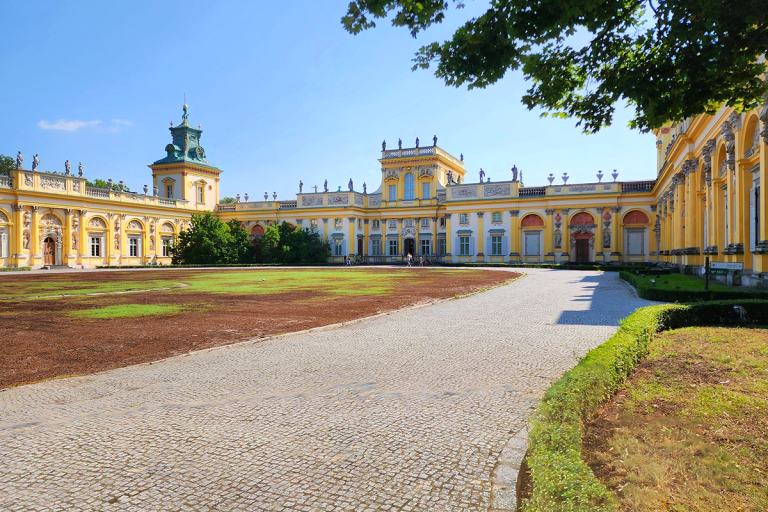
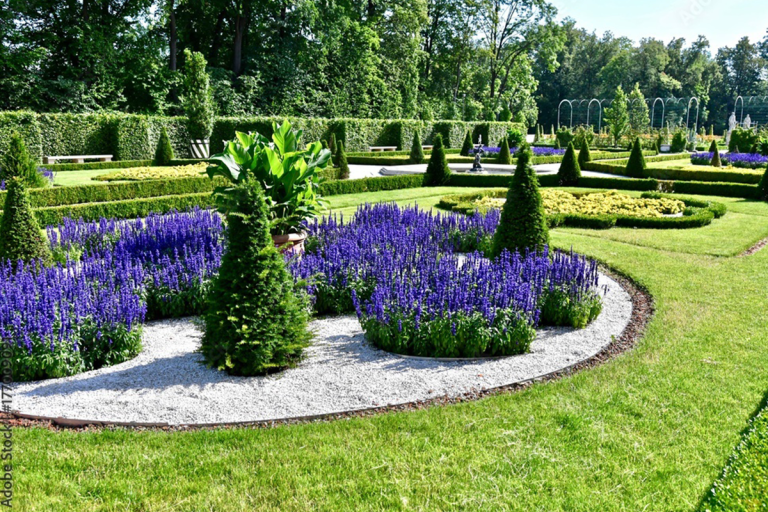
Top Five Rooms That Steal the Breath
One cannot wander Wilanów without choosing favourites. Among the hundreds of chambers, these five stand apart for their history, decoration, and sheer theatre:
1. The White Hall
A dazzling expanse where rococo plasterwork and mirrors amplify light until you feel almost inside a jewellery box. The hall was used for grand balls, and its ceiling allegories proclaim Poland’s victories. Today, it hosts concerts—Baroque music in a Baroque hall, as if time has folded neatly back on itself.
2. The King’s Library
Sobieski’s personal library was a treasure of European learning, reflecting his curiosity beyond the battlefield. Maps, scientific works, and literature once filled these shelves. Though many volumes were scattered through wars, the room still radiates the intellectual atmosphere of a ruler who corresponded with scholars as readily as with generals.
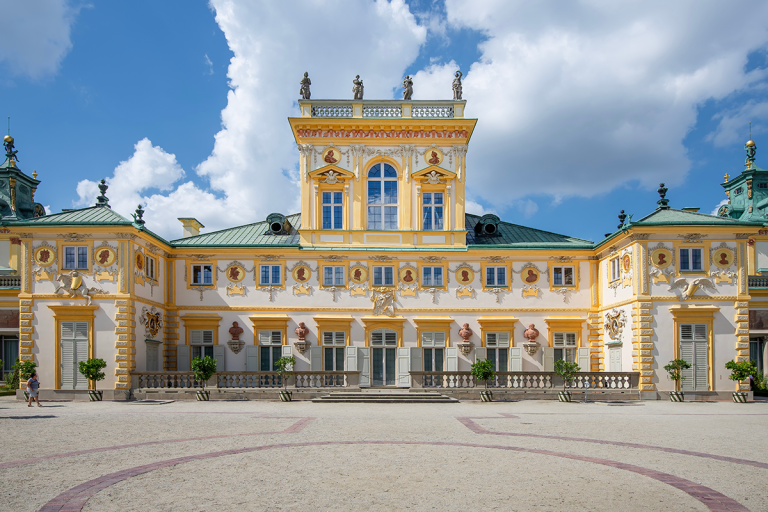
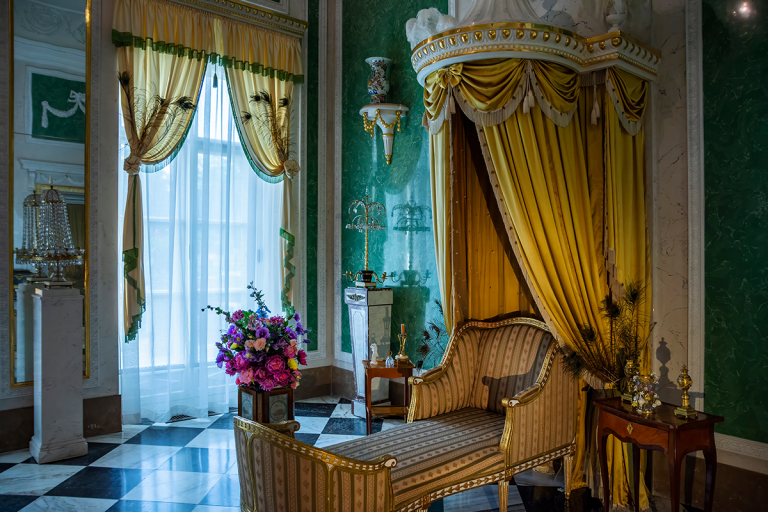
3. The Etruscan Cabinet
A jewel box of neoclassical taste, this later addition reflects 18th-century fascination with antiquity. Its walls imitate Etruscan frescoes in red and black, creating an exotic pocket of imagination inside the palace. Here, nobles and guests could bask in the glow of “ancient wisdom,” while sipping something decidedly modern.
4. The Queen’s Bedroom
Marie Casimire’s chamber is as intimate as it is ornate. Draped in fabrics, gilded and adorned with portraits, it reflects her French origins and her partnership with Sobieski. Their marriage—fiery, affectionate, sometimes turbulent—echoes in the delicate domesticity of this room. It is both royal stage and private retreat.
5. The Chapel
A palace without a chapel would have been unthinkable in Catholic Poland. Wilanów’s chapel combines Baroque splendour with spiritual intimacy. The king and queen worshipped here, grounding their worldly ambition in the rituals of faith. Gold ornamentation mingles with serene iconography, reminding us that power was always considered bestowed by divine grace.
The Part That Stays With You
Walking through Wilanów, what lingers is not merely the gilding or the stuccoes, nor even the triumphant story of Jan III Sobieski. It is the sense of continuity. This palace has lived many lives—royal villa, noble estate, public museum, survivor of wars—and through each phase it has carried Poland’s story like a vessel.
There is humour too if one looks closely. Sobieski’s triumphs are carved in stone with mythological flourish, yet his palace was also a family home where children ran in corridors and arguments surely echoed in chambers. History may put laurels on his brow, but Wilanów reminds us he was a husband, father, and dreamer as well as a conqueror.
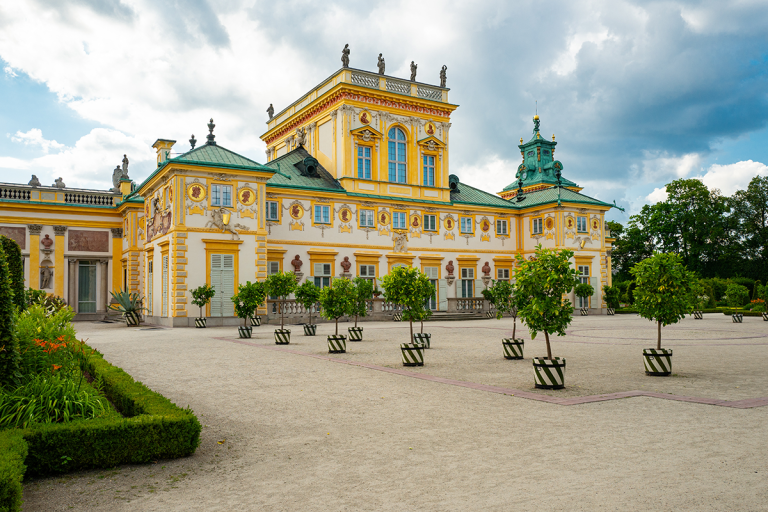
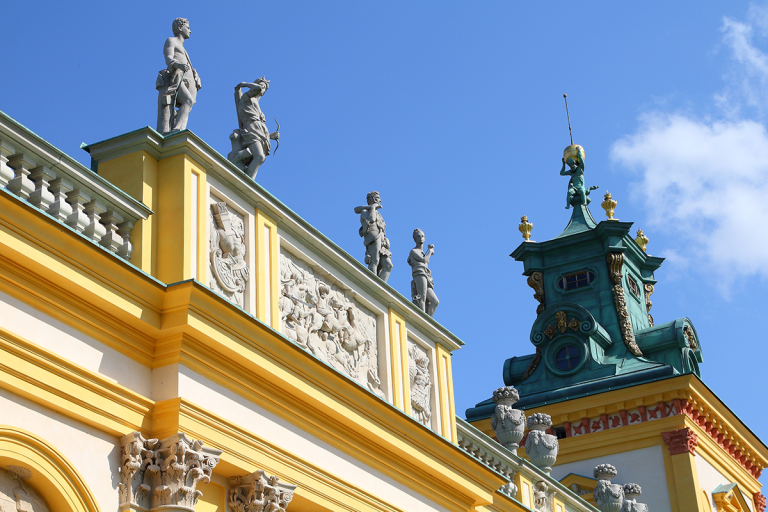
Did You Know?
- Jan III Sobieski’s nickname was “the Lion of Lechistan.” Europeans admired him as the saviour of Christendom after the Battle of Vienna.
- The gardens of Wilanów blend Baroque geometry with English landscape style. Later owners softened its formal rigidity, making it a hybrid of order and romance.
- Marie Casimire, the queen, was known as “Marysieńka.” Their love letters—over 1,000 survive—are among the most passionate royal correspondences in Europe.
- The palace façade is a visual biography. Allegorical sculptures reference Sobieski’s battles, virtues, and even his astrological birth sign.
- Poland’s first museum guidebooks were published for Wilanów in the 19th century, cementing its role as a beacon of cultural identity.
